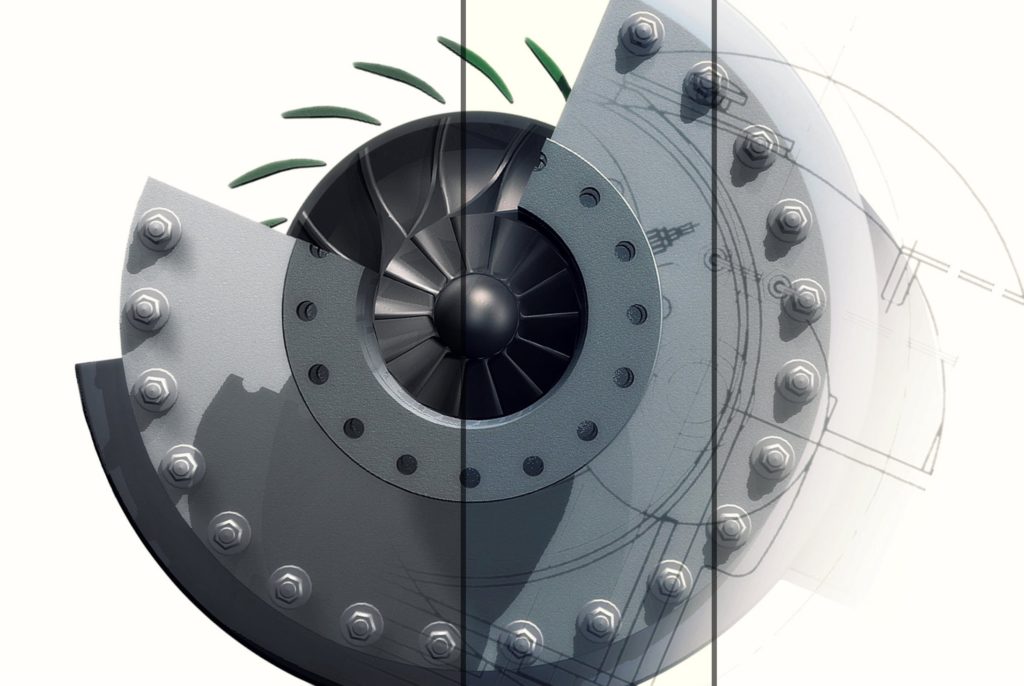3D printing process is not a very complex process. In fact, all the different components and tools have already existed in the current manufacturing sector before.
3D printable models can be created using a CAD software bundle implementing a 3D scanner, or by a plain advanced camera and photogrammetry programming. 3D printed models made with CAD result in lessened mistakes and these can be corrected before printing and fine-tuned before it is ready for implementation.
Computer Aided Design for 3D Printing
The manual displaying procedure of get ready geometric information for 3D PC illustrations is like plastic expressions, for example, chiseling. 3D checking is a procedure of gathering computerized information on the shape and appearance of a genuine protest, making an advanced model in view of it.
Printing
Before printing a 3D show from a STL record, it should first be inspected for mistakes. Most CAD applications create mistakes in yield STL files gaps, confronts normal, self-convergences, clamor shells or complex errors. A stage in the STL era known as “repair” fixes such issues in the first model. Generally, STLs that have been delivered from a model acquired through 3D checking regularly have a greater amount of these errors. This is because of how 3D examining functions as it is frequently by indicate point obtaining, remaking will incorporate blunders in generally cases.
Once finished, the STL document should be prepared by a bit of programming called a “slicer,” which changes over the model into a progression of thin layers and creates a G-code record containing guidelines custom-made to a particular kind of 3D printer (FDM printers). This G-code document can then be printed with 3D printing customer programming (which stacks the G-code, and uses it to teach the 3D printer amid the 3D printing process).
Microelectronic gadget creation techniques can be utilized to play out the 3D printing of nano scale-size articles. Such printed items are regularly developed on a strong substrate, e.g. silicon wafer, to which they follow in the wake of printing as they are too little and delicate to be controlled post-development. In one procedure, 3D nanostructures can be printed by physically moving a dynamic stencil veil amid the material testimony prepare, fairly practically equivalent to the expulsion technique for conventional 3D printers. Programmable-tallness nanostructures with resolutions as little as 10 nm have been created in this mould, by metallic physical vapor affidavit mechanical piezo-actuator controlled stencil veil having a processed nano pore in a silicon nitride layer.
Just to Sum It Up
The whole technology and the concepts have given birth to different process in the world of 3D printing. The following are some of the processes to name a few.
- Stereo lithography(SLA)
- Digital Light Processing(DLP)
- Fused deposition modelling (FDM)
- Selective Laser Sintering (SLS)
- Selective laser melting (SLM)
- Electronic Beam Melting (EBM)
With the world-wide interest shown in the process and funds being poured in to research and development for the refinement of the whole technology, we are soon to witness new horizons being conquered in the very new future.
